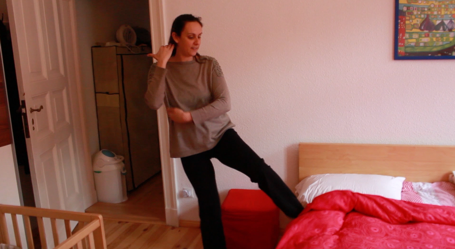Overview
As a researcher I use a variety of research methods, some of which have been specifically altered or developed to fit the aims of this project. Among them, the most important, observation and conversation.
I work with many people virtually and so these methods have their limitations. Therefore participatory visual research methods have been central to the research design of this project. Some of these methods have their roots outside of the field of Anthropology such as “Drawing the Night” which originates from ‘Art Therapy’ and “Phrase Exploration” which was developed in the field of ‘Human Geography.‘
In the following pages I have given examples from this project to illustrate the purpose of these methods and how they were used and developed.
Drawing the night
You may notice that some of the audio clips you can hear the sounds of people drawing or writing, that is because they were using this technique whilst speaking to me. Inspired by Christina Lammer’s work on ‘empathy’ where she invited surgeons to paint as a way of conveying their experience and knowledge, and explored how the process of drawing is used to build trust.
This method acts as a doorway into the interior of the experience and manifests as a stream of consciousness of both words and images. I ask participants to think back to the last night of sleep that they would classify as ‘difficult’ or ‘disrupted.’ Then walk me through the night and how they ‘felt’ physically and internally at each point, while they speak I asked them to draw what comes to mind, illustrating their own emerging narrative.
To the left is a short film of Carolina using this method and some stills taken from the same session.
Phase exploration
I ask participants to focus on one element of their experience, for this part of the project it was either “the night” or “sleep,” and to think of all the emotions, feelings and thoughts that come to mind when considering these phrases. Once this focus is set they write down everything that comes to mind, providing an opportunity to explore their own perceptions and understanding. The outcome is unique and no two are alike although some take the form or a ‘mind map’. The participant then talks me through what they had created clarifying meanings or statements, as well explaining the context in which it was created.
House walk
To understand what happens to the body and how specific elements of the home environment are altered I was inspired by Sarah Pink’s sensory ethnography and the ’Video Tour’ which she used in her work with
Leedr on domestic energy consumption. I invite participants to give me a tour of their home whilst I film or a virtual tour of their home over video chat. As part of the tour I ask people to reenact their daily rituals, how they move in the bedroom and throughout the house whilst their baby sleeps or the process of putting their baby to sleep, as well as any actions they take or deliberately do not take to avoid disruption to the sleep environment. This recreation acts as a reflective process and also illustrated the physical element of this often internal experience.
To the left is a short film showing Annalisa using this method and some stills taken from the tour.







